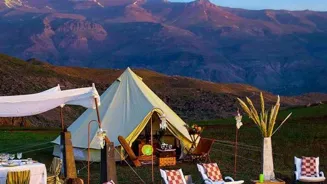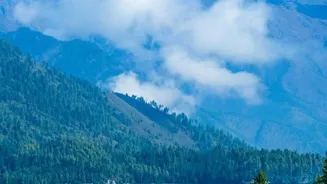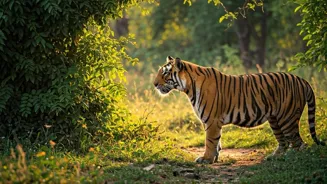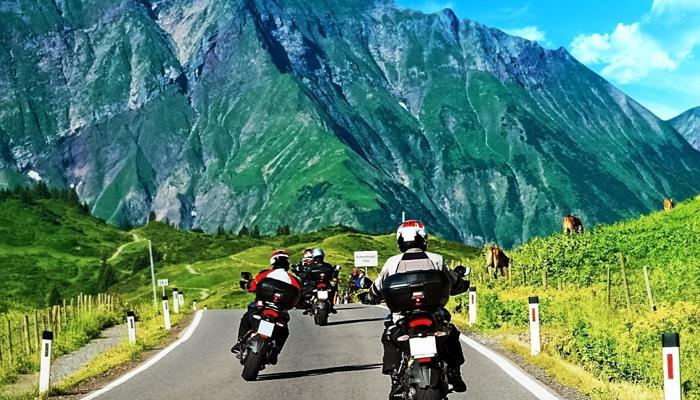Discover 10 Stunning National Parks in India, from tigers in Corbett to rhinos in Kaziranga. Let's explore!
India, a land of vibrant culture and diverse landscapes, is also home to a breathtaking array
of national parks. These protected havens offer a sanctuary for incredible wildlife and stunning natural environments, providing unforgettable experiences for nature enthusiasts.
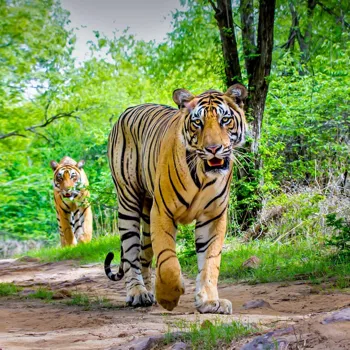
From the snow-capped Himalayas to the lush green forests of the south, there's a national park waiting to be explored by every kind of traveller. So, pack your bags, grab your binoculars, and let's embark on a journey to discover 10 of India's most stunning national parks.
Jim Corbett National Park: Home to Bengal tigers, wildlife, and serene landscapes for safaris
First on our list is the Jim Corbett National Park in Uttarakhand, one of the oldest in India. Established in 1936, it's famous for its Bengal tigers. Imagine the thrill of spotting one of these magnificent creatures in their natural habitat!
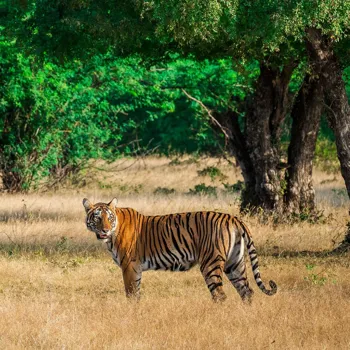
Beyond tigers, the park is also home to elephants, leopards, deer, and a variety of birds, making it a paradise for birdwatchers. The lush landscapes of Corbett, with its rivers, forests, and grasslands, offer a serene escape from the hustle and bustle of city life.
Jeep safaris are a popular way to explore the park, allowing you to venture deep into the forest and witness its wonders firsthand. Consider visiting during the winter months for the best chances of animal sightings and pleasant weather.
Remember to book your safari in advance, as they tend to fill up quickly, especially during peak season. Respect the wildlife and maintain a safe distance during your safari to ensure both your safety and the well-being of the animals.
Visit Ranthambore National Park in Rajasthan for wildlife and history amid ruins
Next, we travel to Rajasthan, the land of kings, to visit Ranthambore National Park. Once a royal hunting ground, Ranthambore is now a haven for tigers and other wildlife.
The park is unique for its historical ruins, including the majestic Ranthambore Fort, which adds a touch of history and grandeur to the natural beauty. Spotting tigers in Ranthambore is a relatively common occurrence, making it a favourite among wildlife photographers and enthusiasts.
Besides tigers, the park is also home to leopards, sloth bears, crocodiles, and a variety of birds. The dry deciduous forests of Ranthambore offer a different landscape compared to the forests of Corbett, providing a diverse experience for nature lovers.
Jeep safaris and canter safaris are available to explore the park, each offering a unique perspective on the wildlife and the landscape. The best time to visit Ranthambore is during the dry season, from October to June, when the vegetation is less dense, making it easier to spot animals.
As always, remember to book your safari in advance and follow the park's regulations to ensure a safe and responsible wildlife viewing experience.
Explore Kaziranga National Park, a haven for wildlife conservation in Assam
Moving eastward, we arrive at Kaziranga National Park in Assam. This UNESCO World Heritage Site is renowned for its population of one-horned rhinoceroses, the largest in the world.
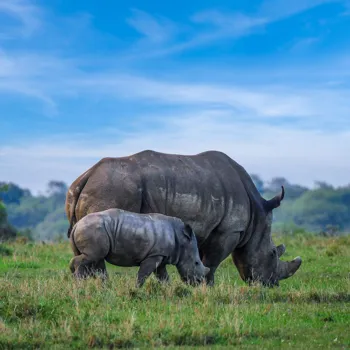
Kaziranga's landscape is characterized by tall elephant grass, forests, and swamps, providing the perfect habitat for these magnificent creatures. Beyond rhinos, the park is also home to tigers, elephants, wild water buffalo, and a variety of birds, including migratory species.
Elephant safaris and jeep safaris are available, offering different perspectives on the park's diverse ecosystem. The best time to visit Kaziranga is during the dry season, from November to April. However, be prepared for occasional rainfall, as Assam is known for its monsoon season.
Kaziranga is not just a national park; it's a vital conservation area, playing a crucial role in protecting the endangered one-horned rhinoceros. A visit to Kaziranga is an opportunity to appreciate the beauty of nature and to support conservation efforts.
Exploring Kanha National Park, the inspiration behind "The Jungle Book," known for rich biodiversity and wildlife sightings
Our journey continues to Madhya Pradesh, the heart of India, where we find Kanha National Park. This park is often credited as being the inspiration for Rudyard Kipling's "The Jungle Book," and it's easy to see why.
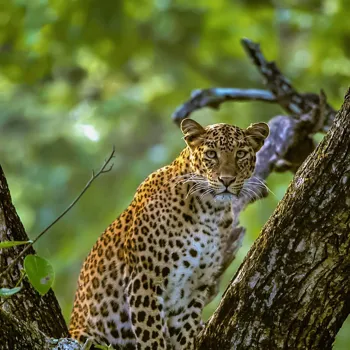
Kanha is known for its rich biodiversity, including its population of barasingha, or swamp deer, which were once on the brink of extinction but have been successfully conserved in the park.
The sal and bamboo forests of Kanha provide a stunning backdrop for wildlife viewing, with opportunities to spot tigers, leopards, wild dogs, and a variety of birds.
Jeep safaris are the primary mode of transport for exploring the park, allowing you to venture into the heart of the jungle and experience its magic. The best time to visit Kanha is during the dry season, from October to June, when the weather is pleasant and animal sightings are more frequent.
Immerse yourself in the enchanting world of Kanha, a place where the lines between reality and fiction blur.
Exploring Periyar National Park's wildlife and nature by boat
Venturing further south, we reach Periyar National Park in Kerala. This park is a unique blend of nature and adventure, centered around the Periyar Lake. Explore by boat and witness elephants, tigers, and various bird species.
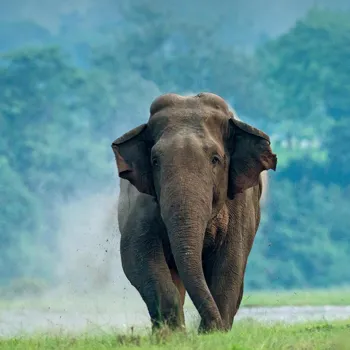
Trekking in the Great Himalayan National Park
Finally, to the Himalayas! Great Himalayan National Park. Trek through landscapes of unparalleled beauty.




